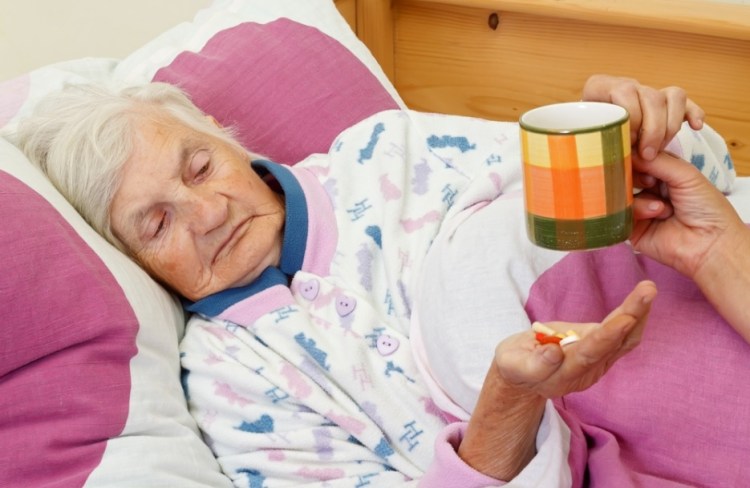Family caregiving is potentially a huge market, untapped primarily because it is unseen. It is also a complex market, and solutions to date have met with limited success, often due to a shallow understanding of user needs. But the needs are real and widespread, and enticing to bold, innovative entrepreneurs.
Every day over 40 million Americans attend to the medical, personal care, household, and emotional needs of family members and friends with chronic illnesses or disabilities. A 2012 Pew survey found that over 90 million Americans had been caregivers in the previous year, spending an average of 20 hours per week on care activities — the vast majority of health care is actually provided by families, not by healthcare professionals. They may be caring for multiple people (such as parents and children) and managing their own health challenges, while also juggling all of life’s other responsibilities (work, home, and social obligations).
With so many people caregiving, their needs are equally varied. No single solution will address their needs, but some issues do stand out.
1. Intelligent assistants. As described in the National Alliance for Caregiving’s 2014 report Catalyzing Technology to Support Family Caregiving, caregivers are often overwhelmed by the challenges of coordinating and communicating with all the people (family, friends, and professionals) involved. They have a need for an “intelligent family care assistant”, an “expert agent” to help with day-to-day management.
Rajiv Mehta and Carol Levine will be speaking at VentureBeat’s HealthBeat conference, Oct. 27-28 in San Francisco. Be sure to register now.
2. Online training. A 2012 report from the AARP and the United Hospital Fund explains how much complexity is involved in caregiving today — it’s certainly much more involved than making chicken soup and fluffing pillows. While some caregivers are involved in “caregiving lite,” helping out with shopping or phoning once a week, many are doing much more, including “medical/nursing tasks of the kind and complexity once only provided in hospitals,” according to the report. Without much help or training from the formal health care system, family caregivers manage complex medications, give injections, do wound care, operate medical equipment, and assist with mobility (such as helping the person in and out of bed, car, toilet, etc.). There is a huge need for caregiver training, via online education, and on-demand, active coaching, via technology-enabled human services.
3. Self-tracking and life-logging tools. Another opportunity is to leverage technology to better understand the underlying needs. One major reason caregiving technology has failed to capture the spotlight is that knowledge about who caregivers are and what they do is limited. Surveys, research studies of specific groups, and other information only give overviews or snapshots, useful but incomplete. We need much more nuanced information to create valuable solutions: What does it mean to be always on call as a caregiver? What causes the most stress? How can technology assist with caregiving for someone who resists help? How can technology support human relationships, not substitute for them? How can technologies help families better understand themselves, become more aware of what works and doesn’t in their unique circumstances? Fortunately, new self-tracking, life-logging, and monitoring technologies are well-suited to provide deeper insights.
Describing a PCORI-funded project to develop apps for family caregivers of stroke patients, Dr. Steven R. Levine, the principle investigator, said, “It’s unbelievable how little effort has actually gone into talking with consumers.” That comment could apply to every aspect of caregiving technology. Too much of the limited efforts focused on family caregiving have been spent on things that are not helpful, based on simplistic, stereotypical assumptions of caregiving needs. And so family caregivers, a major segment of the population, remain relatively unserved by technology.
The world today, from healthcare costs to business productivity, is ever more dependent on effective family caregiving, while modern family caregiving is far more complex than ever. Fortunately, innovative technologies hold the promise of making caregiving easier and more effective. Come to our session at HealthBeat and share your ideas.
Rajiv Mehta is head of health-tech innovation consultancy Bhageera. Carol Levine directs the United Hospital Fund‘s Families and Health Care Project.


